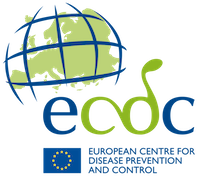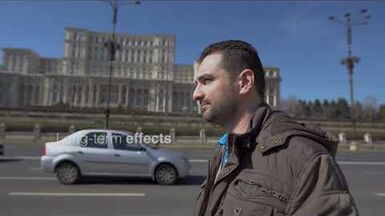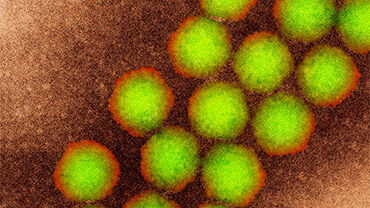Update: Wastewater poliovirus detections in the EU: a call for continued surveillance and maintaining high vaccination coverage rates
On 9 December 2024, Finnish public health authorities reported the presence of poliovirus in wastewater samples in the country. This adds to the recent positive detection of poliovirus in wastewater samples from Spain, Poland, Germany and the United Kingdom, between September and November 2024. To date, no human polio cases have been reported and the EU/EEA continues to be polio-free.
From genetic analysis, there are two main possible explanations for these observations:
- Multiple introductions of the virus from a region where it is circulating;
- A single introduction, followed by community spread in the EU/EEA.
While genetic investigations are ongoing, to limit the risk of reintroduction and sustained transmission of poliovirus in the EU/EEA, it is crucial to maintain high vaccination coverage in the general population and increase vaccination uptake in specific populations which have lower vaccination rates.
There should be a specific focus on protecting children through the timely administration of polio-containing vaccines included in routine childhood vaccination programmes in all EU/EEA countries. The vaccination against polio is provided through an inactivated polio vaccine in the EU/EEA.
EU/EEA countries should review their polio vaccination coverage data, including at the subnational level, and ensure that there are no immunity gaps in the population and that there is the capacity to identify virus circulation through well-performing surveillance systems. ECDC emphasises the importance of maintaining sensitive and efficient surveillance systems to promptly detect and respond to poliovirus circulation; these include acute flaccid paralysis surveillance and environmental surveillance.
National public health authorities should continuously monitor vaccination coverage and continue efforts to create immunisation information systems that can identify individuals who are unvaccinated and partially vaccinated.
ECDC continues to monitor the situation in the EU/EEA and worldwide, and provide updates on the polio situation every month through its communicable disease threat reports. ECDC also maintains a dashboard showing countries that are still endemic for polio and that have ongoing outbreaks of circulating vaccine-derived poliovirus (cVDPV). ECDC is also in close contact with authorities in the EU/EEA and the WHO Regional Office for Europe to effectively coordinate the implementation of the Global Polio Eradication Initiative.







